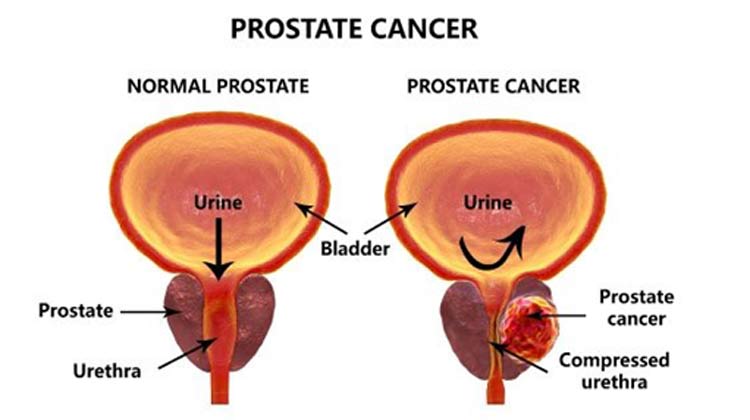Prostate cancer is one of the most common cancers affecting men worldwide. When diagnosed, one of the primary treatment options is surgery, specifically a radical prostatectomy, where the entire prostate gland is removed. While this procedure can be life-saving, it’s essential to understand the associated risks to make an informed decision.
1. Urinary Incontinence
One of the most common risks following prostate surgery is urinary incontinence. This occurs when there is a loss of bladder control, leading to leakage. The severity can range from occasional dribbling to complete loss of control.
- Short-term Incontinence: Most men experience some degree of incontinence immediately after surgery.
- Long-term Incontinence: While many men regain full control within a year, a small percentage may continue to experience incontinence long-term.
2. Erectile Dysfunction
Another significant risk is erectile dysfunction (ED), which is the inability to achieve or maintain an erection sufficient for sexual intercourse. This can be due to damage to the nerves surrounding the prostate that are crucial for erectile function.
- Temporary ED: Many men experience erectile dysfunction right after surgery, but function may gradually return within months to a year.
- Permanent ED: For some, the damage may be irreversible, leading to long-term erectile difficulties.
3. Changes in Orgasm
Post-surgery, men might experience changes in orgasm. While the sensation of orgasm can still be pleasurable, it may feel different, and there will be no ejaculation of semen since the prostate and seminal vesicles are removed.
4. Fertility Issues
Since the prostate and seminal vesicles are removed, men will no longer produce semen, leading to infertility. This is an important consideration for those who wish to have children in the future. Sperm banking before surgery is an option to consider.
5. Surgical Complications
As with any major surgery, there are general risks associated with the procedure itself, including:
- Infection: Any surgical procedure carries the risk of infection. Ensuring a sterile environment and following post-operative care guidelines can minimize this risk.
- Bleeding: There is a risk of significant blood loss during and after the surgery.
- Blood Clots: Post-operative immobility can increase the risk of blood clots, which can be serious if they travel to the lungs (pulmonary embolism).
6. Rectal Injury
Although rare, there is a risk of injury to the rectum due to its proximity to the prostate. This can lead to complications such as rectal leakage or fistulas, requiring additional surgery.
7. Narrowing of the Urethra
Scar tissue can form in the urethra or at the bladder neck, leading to narrowing (stricture) and causing difficulty with urination. This might require further treatment or surgical intervention.
Reducing the Risks
Advancements in surgical techniques, such as robotic-assisted prostatectomy, have improved outcomes and reduced some risks. However, the best approach to minimize risks includes:
- Choosing an experienced surgeon: A surgeon with a high volume of prostate surgeries typically has better outcomes.
- Pre-surgery preparation: Maintaining good overall health through diet, exercise, and managing chronic conditions can improve recovery.
- Post-surgery care: Following post-operative care instructions and attending all follow-up appointments is crucial for early detection and management of any complications.
Conclusion
Prostate cancer surgery, while often necessary, comes with a set of risks that need to be carefully weighed. Discussing these potential complications with your healthcare provider can help you understand your options and prepare for the best possible outcome. Always ensure that your surgeon has extensive experience with this procedure, as expertise can significantly influence the success rate and minimize risks.






Comments